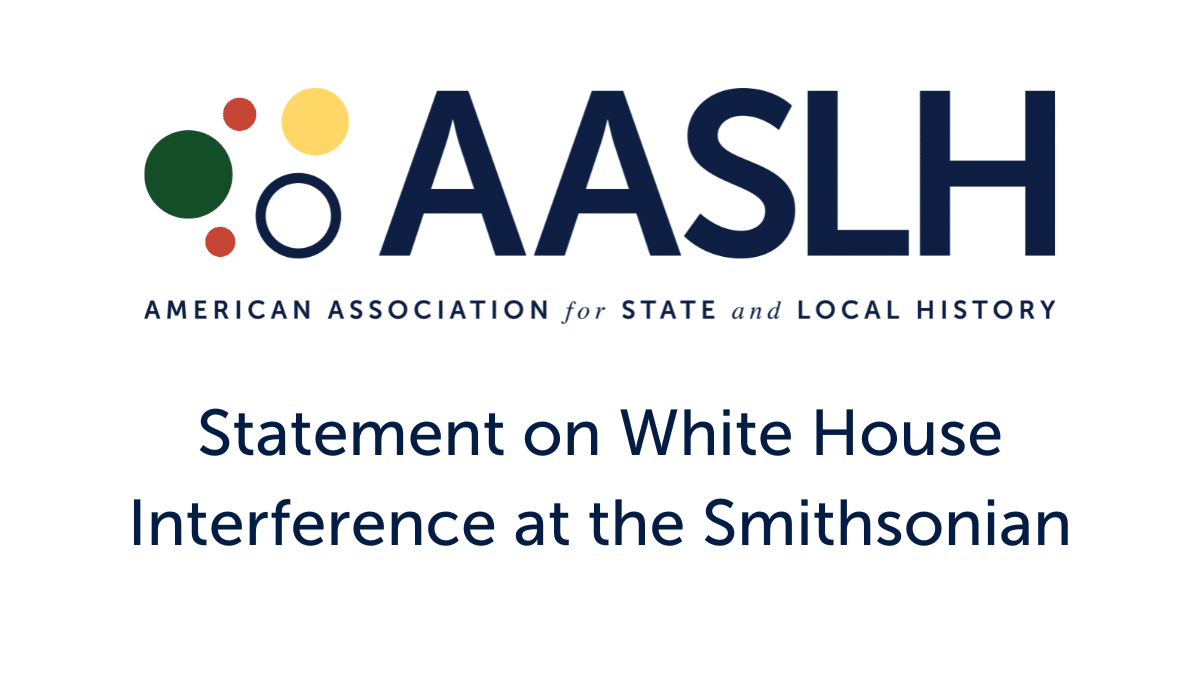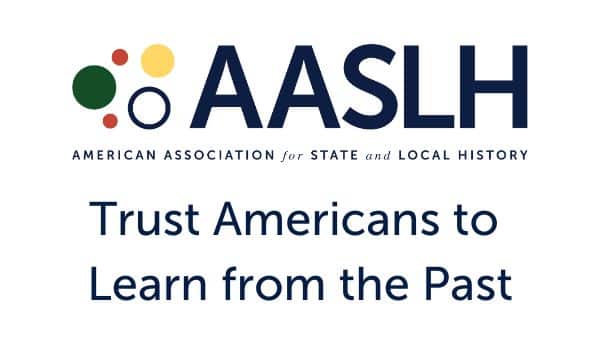National History Day (NHD) was created in 1974 by a professor at Case Western Reserve University to combat the decline of the humanities in school curricula. It evolved into annual nationwide competitions held at the regional, state, and national levels with middle and high school competitors creating papers and projects on a designated theme; the competitions are designed to give great weight to historical accuracy and the use of primary sources.
Today, about 700,000 students from every US state, Guam, American Samoa, China, Singapore, South Korea, and Guatemala participate each year in the categories of research paper, exhibit, website, documentary, and performance. Students may work individually or in a group of up to five people. They will compete in a junior (middle school) or senior (high school) division. Students come from public, private, and home-schools. The goal is to reach the annual competition at the University of Maryland, College Park.
Most of the competitors at NHD are coached by history teachers at public and private schools. Home-schooled students rely on their parents for coaching. SO WHERE ARE THE MUSEUMS IN THIS EQUATION?
Some state historical societies serve as the State Coordinators, but it is curious to me why more museums and historic sites do not become involved in coaching NHD teams. Museums, after all, are the repositories of millions of primary sources from documents to photos to sound recordings and artifacts. Curators KNOW how to analyze primary sources, how to look beyond, to compare and corroborate. So where are the museums? Why not open our doors and our collections to these bright young minds and help guide them in creating amazing projects?
This year the staff of Hickory Hill was asked by a home school parent to coach her 6th grader for the competition. We sent out notes to educators we see frequently on field trips and for outreach to invite their students to form a team because NHD is not part of the offerings in our local districts.
Three young ladies decided to see projects through to completion; two were home-schooled and one came from a public middle school. We spent after school hours with each of the students helping them identify locations for strong primary sources, teaching them to analyze those sources, editing bibliographies and process papers, and working with them to fine tune their projects: one Junior website, one Junior performance, and one Senior exhibit. Happily, there was not a Wikipedia entry in sight!
The young ladies wowed the judges and took Firsts in each of their divisional categories. They went on to compete at the State competition with our young performer advancing to the National competition in Maryland. That same young lady competed against hundreds of students to win 2nd place in the Junior Individual Performance category at the National event!
According to the NHD website, competing students have even changed history. Three 16-year-old students in Illinois produced a group documentary on the murders of three Civil Rights workers in Mississippi in 1964. This led the U.S. Congress to pass a bipartisan resolution calling on federal prosecutors to reopen the high profile case. Because of these students’ exhaustive research–reviewing more than 2,000 documents and conducting dozens of interviews–more than 40 years later, in 2005, the FBI’s original prime suspect, Edgar Ray Killen was finally arrested, tried, and convicted of murdering James Chaney, Michael Schwerner, and Andrew Goodman.
We may not change history, but by getting involved in National History Day museums and historic sites can be more relevant to their communities. Will it take staff time? Yes. Will it take brain power? Yes. Will you build good will, new audiences, and potential donors? ABSOLUTELY!
Get involved at www.nhd.org






